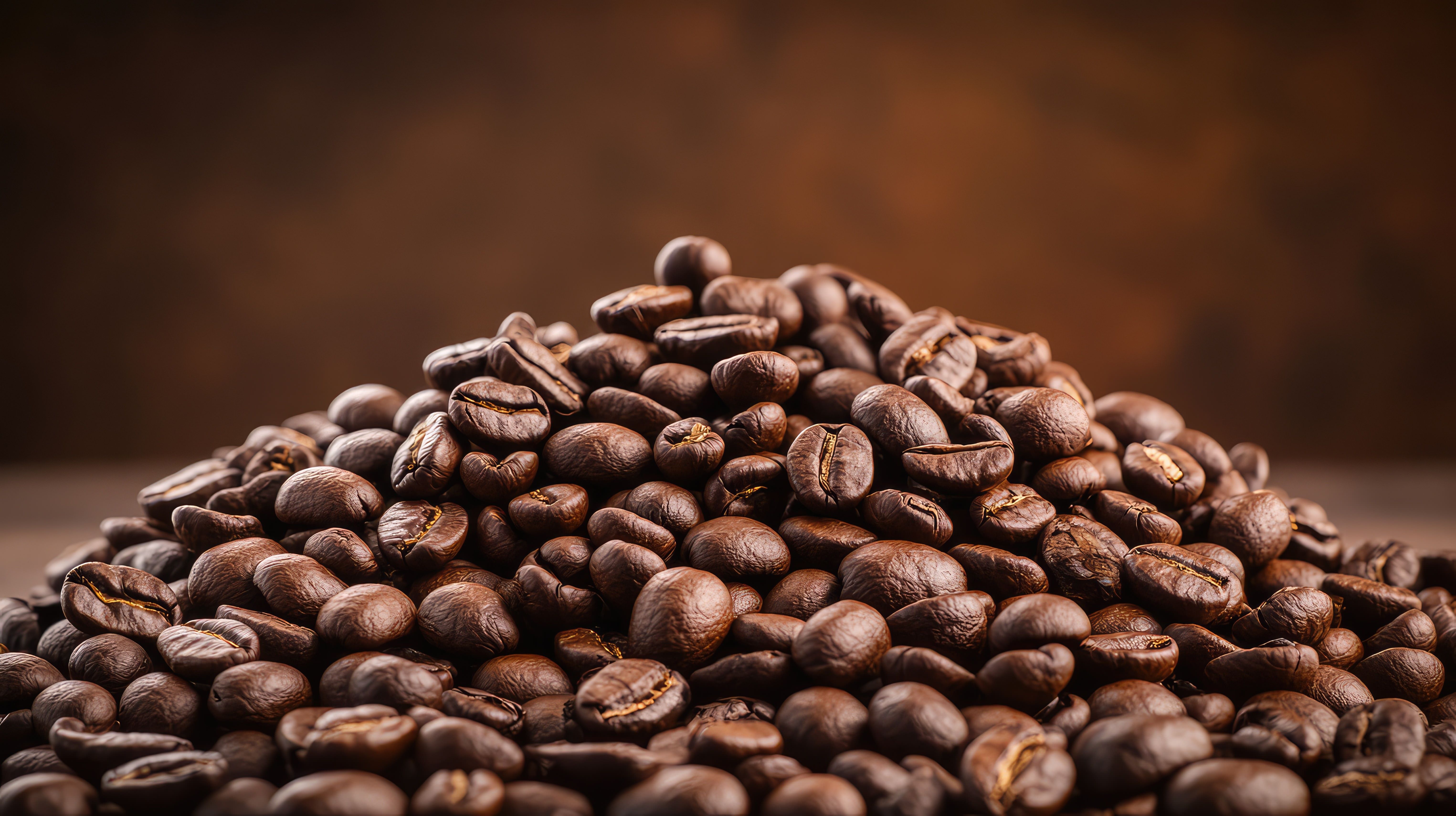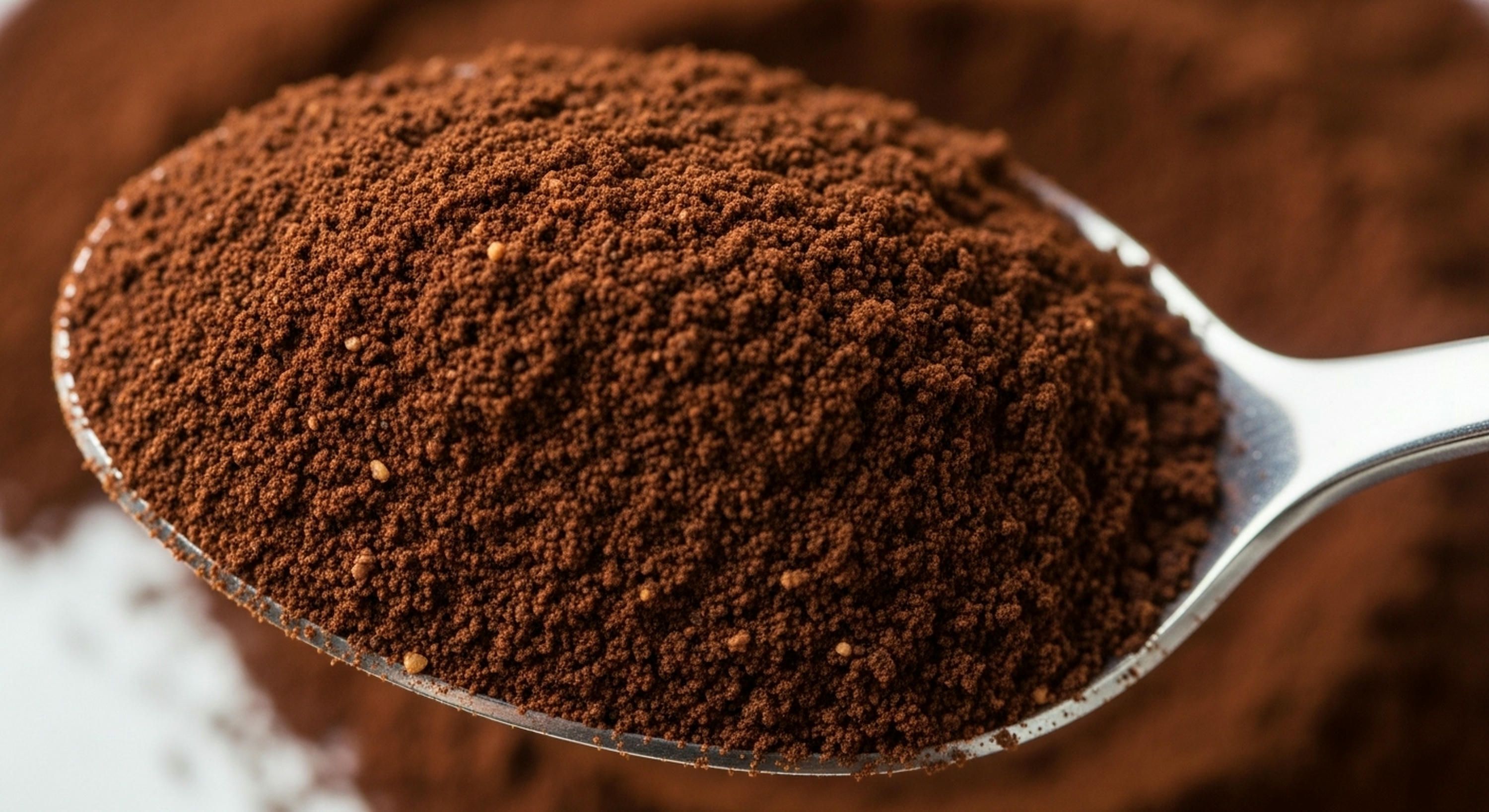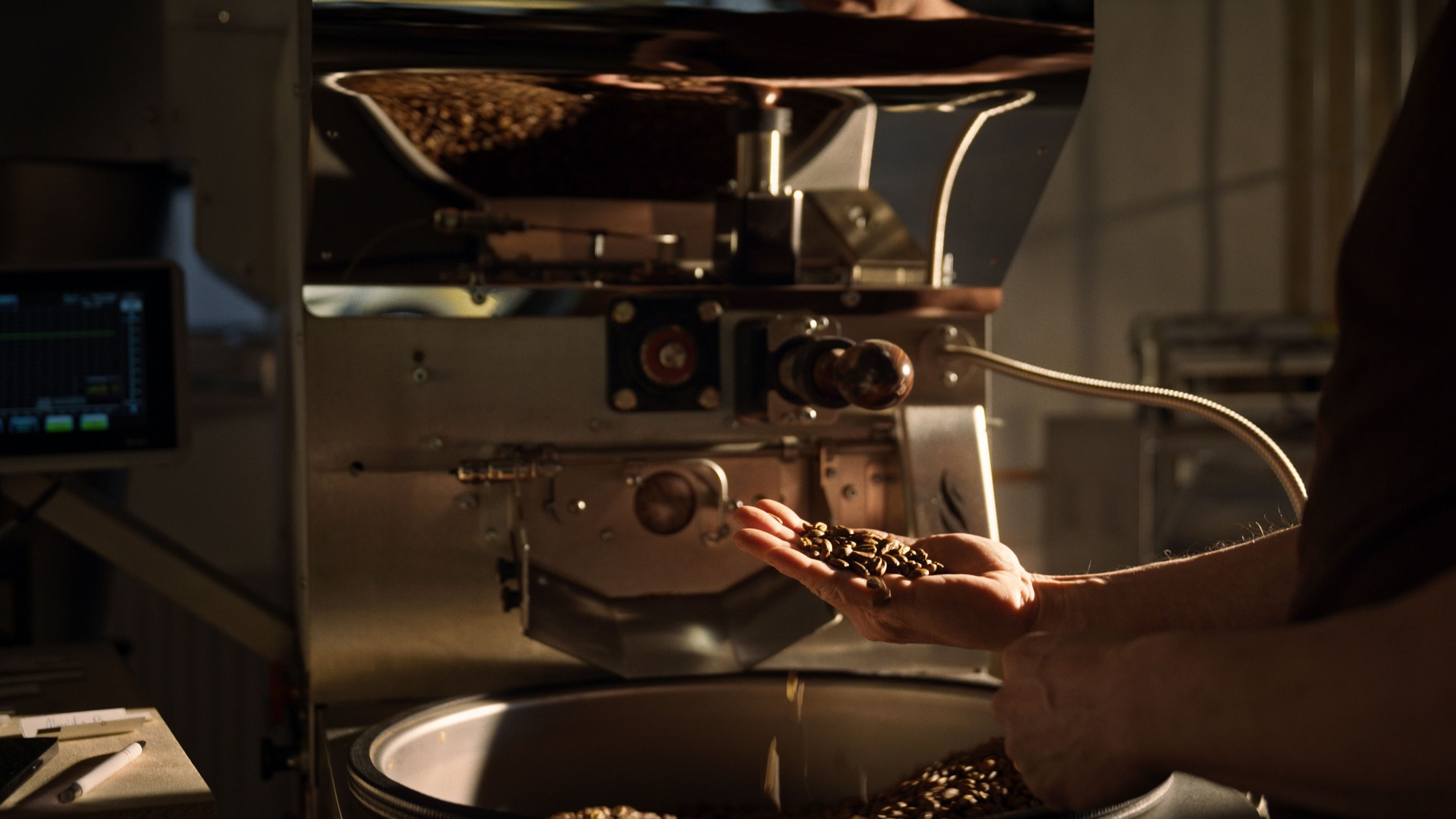What Is Coffee Acidity and How It Affects The Taste
Last updated: November 2025
Coffee acidity is one of the most defining elements of coffee flavour. It brings brightness, depth, and balance to every cup — yet it’s often misunderstood. Far from being “sour,” good acidity adds clarity and liveliness, helping each coffee’s origin and roast express its true character.
Many coffee drinkers wonder, “Is coffee acidic?” The answer is yes — most coffees have a natural pH between 4.8 and 5.4, making them mildly acidic but far less so than fruit juices or energy drinks.
In this guide, you’ll discover what coffee acidity really is, the acids behind it, how factors like bean type, grind, roast, and water quality influence flavour, and how using pure water from systems like the Bluewater Café Station 1™ can transform your coffee experience.

What Is Coffee Acidity?
In coffee, acidity refers to the lively, tangy, or fruity sensation that lifts flavour — not sourness. When balanced correctly, acidity gives your brew its sparkle, much like the crisp snap in an apple or citrus fruit.
Acidity in coffee is about taste, not just chemistry. While its pH shows mild acidity, the perceived flavour depends on natural acids such as citric, malic, and phosphoric acids found in Arabica beans.
This quality is especially prized in specialty coffee and Arabica coffee beans, whether you’re brewing a pour-over, an espresso, or a cold brew coffee. Balanced acidity makes the difference between a flat, bitter cup and a vibrant one bursting with character.
What Influences Coffee Acidity?
Bean Origin
Origin plays a major role in flavour.
- Coffees grown at high altitudes (for example, in Ethiopia or Kenya) develop more complex acids and deliver bright, fruity, wine-like flavours.
- Coffees from lower-altitude regions such as Brazil or Indonesia are smoother and rounder, with lower acidity and chocolate or nutty notes.
Low-altitude coffees like Brazilian or Sumatran beans are often recommended as the best low-acid coffee beans UK-wide for those sensitive to acidity.

Varietal & Bean Type
Arabica coffee beans are known for higher acidity and nuanced flavours, while Robusta beans tend to have lower acidity and a more bitter profile.
Specialty coffee beans, often single-origin and freshly roasted, emphasise clean acidity — a feature celebrated in many cafés and roasteries across London.
Altitude & Climate
High-altitude coffees grow more slowly, allowing sugars and acids to develop fully. The result is crisp, structured brightness that defines speciality coffee.
Processing & Roast
- Washed (wet) processing creates clean, crisp acidity.
- Natural (dry) processing produces fruitier, heavier flavours.
- Light and medium roasts preserve acidity; dark roasts reduce it and enhance body.
- A fine grind increases extraction and acidity, while a coarse grind (used for French press or cold brew) results in lower perceived acidity.
If you’re seeking how to make coffee less acidic, choose darker roasts, grind coarser, and brew at slightly cooler temperatures. Cold brew coffee is naturally smoother and less acidic than hot coffee.
Water Quality & Equipment
Because coffee is 98 percent water, its quality is crucial. Impurities such as chlorine, PFAS, or heavy metals flatten acidity and mute flavour.
The Bluewater Café Station 1™, with SuperiorOsmosis™ technology, removes up to 99.7 percent of impurities and adds balanced minerals for ideal extraction. It enhances flavour clarity, protects your coffee machine from scale, and ensures every espresso, filter, or iced coffee tastes consistently excellent.
Common Acids in Coffee & Their Flavour Notes
Each natural acid contributes differently to the overall taste:
- Citric acid: zesty lemon or orange brightness, common in East African coffees.
- Malic acid: crisp green-apple or pear-like tartness.
- Tartaric acid: wine-like grape notes found in some African beans.
- Acetic acid: sharp tang that adds liveliness when balanced.
- Phosphoric acid: sparkling, effervescent sensation typical of premium specialty coffees.
These compounds also explain why coffee’s pH level sits between 4.8 and 5.4 — mild enough for most people, yet still vibrant on the palate.

Coffee Acidity vs Caffeine
Acidity defines flavour; caffeine defines energy.
A typical cup of coffee contains about 95 mg of caffeine, while an espresso shot averages 63 mg. In contrast, black tea offers around 45 mg and green tea about 28 mg per cup.
Moderate caffeine intake — up to 400 mg per day — is considered safe for most adults.
If you prefer a milder brew, decaf coffee (2–7 mg caffeine per cup) or cold brew coffee provides a smoother, less acidic alternative.
For those comparing caffeine and acidity, note that high-caffeine drinks like energy drinks are far more acidic than coffee.
How Acidity Affects Flavour
Acidity shapes how coffee feels and tastes on the palate:
- High acidity: bright, crisp, citrus or berry-like — ideal for filter coffee, iced coffee, or light roasts.
- Medium acidity: balanced, sweet-tart — suits espresso, flat white, or bean-to-cup coffee machines in cafés.
- Low acidity: smooth, chocolatey, nutty — typical of dark roasts, milk-based drinks, or Brazilian beans.
Enjoying coffee with baked goods, brown sugar, or dairy alternatives such as oat milk enhances acidity balance and mouthfeel.
If you experience reflux or sensitivity, low-acid coffees and filtered water can make your daily cup gentler on the stomach.

Why Water Quality & Coffee Machines Matter
The minerals and purity of your brewing water determine how well coffee acids extract. Impure or unbalanced water can create dull or bitter results.
A system like the Bluewater Café Station 1™ optimises water chemistry for coffee brewing — enhancing extraction, protecting coffee machines, and maintaining consistent flavour.
FAQ: Frequently Asked Questions
Q: Does higher acidity mean more caffeine?
No — acidity and caffeine are unrelated. A dark-roasted espresso may have high caffeine but low acidity, while a light-roasted Arabica can be bright yet mild in caffeine content.
Q: How can I reduce coffee acidity?
Use darker roasts, coarser grind, cooler water, or brew cold brew coffee. Filtering water or using a system like Bluewater Café Station 1™ also helps smooth sharpness.
Q: Which beans have low acidity?
Beans from Brazil, Sumatra, or Guatemala typically produce lower-acid cups — great for espresso machines and bean-to-cup coffee systems.
Q: Does acidity affect digestion?
Some highly acidic coffees can feel harsh for sensitive stomachs, but acidity itself isn’t harmful. Balanced brewing, roast choice, and clean water make coffee gentler to enjoy.
Q: Is coffee bad for acid reflux?
Not necessarily. Switching to cold brew, dark roast beans, or using milk can reduce acidity and help those sensitive to acid reflux or heartburn.
Conclusion
Understanding acidity helps you craft better coffee — whether brewing at home, in a café, or in a hospitality setting. The right coffee beans, roast, grind size, machine, and filtered water can transform flavour from flat to full-bodied and bright.
By pairing your favourite specialty coffee beans with the Bluewater Café Station 1™, you ensure every cup is pure, balanced, and bursting with aroma — whether you’re serving an espresso, iced coffee, or cold brew.
Curious about coffee pH and flavour science? Bluewater systems help you unlock perfect acidity for every brew.
Author & Expertise
Written by Bluewater Group
Bluewater is a global leader in advanced water purification and hydration technology, dedicated to sustainability and taste performance. With patented SuperiorOsmosis™ and Liquid Rock® mineralisation, Bluewater systems deliver pure, balanced water for homes, cafés, offices, and hospitality venues worldwide.
References
- Specialty Coffee Association – Acids in Coffee: A Review of Sensory Measurements and Meta-Analysis of Chemical Composition
- Perfect Daily Grind – How Does Processing Method Impact Coffee Chemistry & Flavor?
- Bean Ground – Coffee Acidity Explained
- Royal Coffee – Understanding Coffee Acidity
- Esquires Coffee UK – What Is Acidity in Coffee?
- Coffee Pro at Home – Guide to Coffee Acidity (and How to Fix It)
- Ratiocraft – Coffee Acidity Guide
- Mayo Clinic – Caffeine: How Much Is Too Much?
- Healthline – How Much Caffeine in Coffee?
- Medical News Today – How Much Caffeine Is in a Cup of Coffee?
- U.S. FDA – Spilling the Beans: How Much Caffeine Is Too Much?
- Scientific Reports (Nature) – Acidity and Antioxidant Activity of Cold Brew Coffee Compared to Hot Brew Coffee
- ScienceDirect – Impact of Roast and Brew Method on Coffee Acidity
- Taylor & Francis – Chemical Composition and Flavour Attributes of Coffee
- Volcanica Coffee – Understanding Acidity in Coffee
- Biodynamic Coffee – How to Reduce Acid in Coffee
- Harvard T.H. Chan School of Public Health – Caffeine: The Nutrition Source
